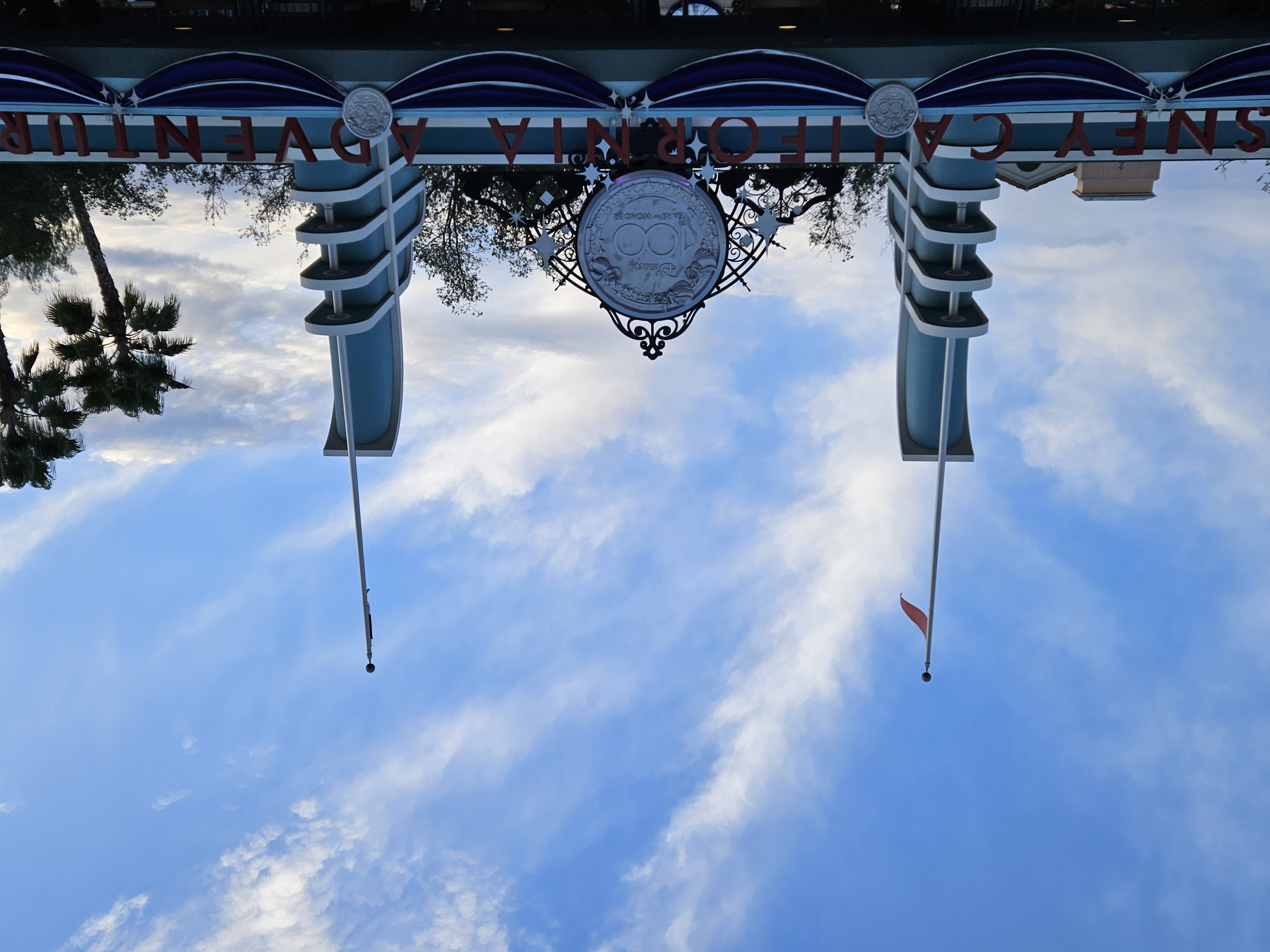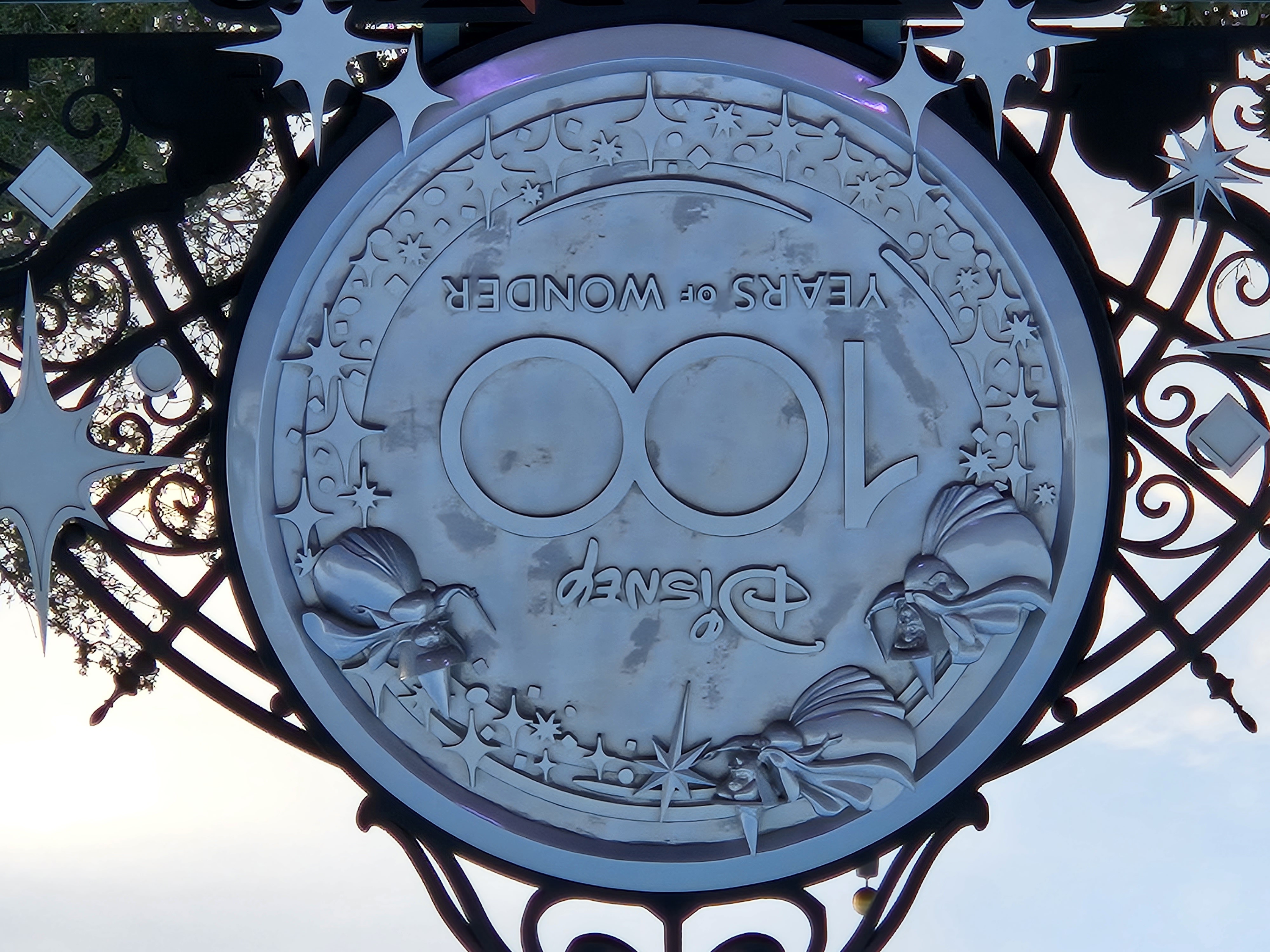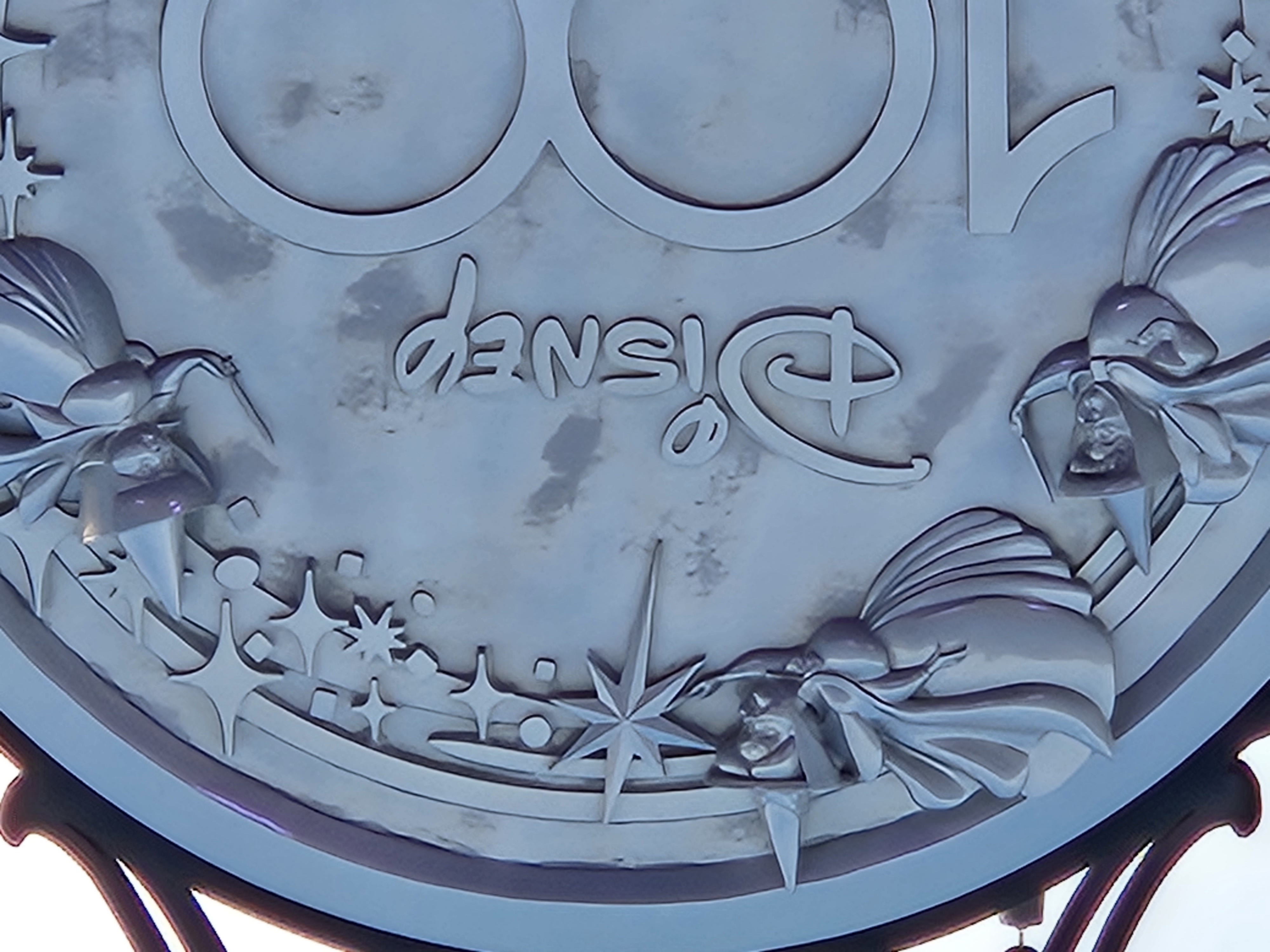With the launch of the new Samsung Galaxy S23, Samsung has gotten 2023 off to a stunning start. The company has debuted an iterative update of one of the very best Android phones, refining what was already a winning formula with a streamlined design, a new processor, a larger battery, and a tougher body.
- Galaxy S23 vs. Pixel 7: specs
- Galaxy S23 vs. Pixel 7: design, display, and durability
- Galaxy S23 vs. Pixel 7: performance, battery life, and charging
- Galaxy S23 vs. Pixel 7: cameras
- Galaxy S23 vs. Pixel 7: software and features
- Galaxy S23 vs. Pixel 7: price and availability
- Overall winner: Samsung Galaxy S23
At the same time, it competes with the Google Pixel 7, which does the same things as the Pixel 6 but is simply better all-around. Which one should you buy? Let’s find out.
Galaxy S23 vs. Pixel 7: specs
| Samsung Galaxy S23 | Google Pixel 7 | |
| Size | 146 by 70.9 by 7.6mm (5.76 by 2.79 by 0.30 inches) | 155.6 by 73.2 by 8.7mm (6.13 by 2.88 by 0.34 inches) |
| Weight | 168 grams (5.93 ounces) | 197 grams (6.9 ounces) |
| Screen size | 6.1-inch Dynamic AMOLED 2X | 6.3-inch AMOLED |
| Screen resolution | 2340 x 1080 pixels (425 pixels per inch), 120Hz | 2400 x 1080 pixels (416 pixels per inch), 90Hz |
| Operating system | Android 13 with One UI 5 | Android 13 |
| Storage | 128GB, 256GB | 128GB, 256GB |
| MicroSD card slot | No | No |
| Processor | Qualcomm Snapdragon 8 Gen 2 for Galaxy | Google Tensor Gen 2 |
| RAM | 8 GB | 8GB |
| Camera | Triple lens 50MP wide, 12MP ultra-wide, and 10MP telephoto rear, 12MP front | Dual lens 50MP wide, 12MP ultra-wide rear, 10.8MP front |
| Video | 8K at up to 24 fps, 4K at up to 60 fps, 1080p at 240 fps | 4K at up to 60 frames per second (fps), 1080p at 60 fps |
| Bluetooth version | Bluetooth 5.3 | Bluetooth 5.2 |
| Ports | USB-C | USB-C |
| Fingerprint sensor | Yes, in-display | Yes, in-display |
| Water resistance | IP68 | IP68 |
| Battery | 3,900mAh
25W wired charging (no charger included in the box) 15W wireless charging Reverse wireless charging |
4,355mAh
30W wired charging (no charger included in the box) 21W wireless charging Reverse wireless charging |
| App marketplace | Google Play Store, Galaxy Store | Google Play Store |
| Network support | All major carriers | Most major carriers |
| Colors | Phantom Black, Cream, Green, Lavender | Obsidian, Snow, Lemongrass |
| Price | Starting at $799 | Starting at $599 |
| Buy from | Samsung, Amazon, Best Buy | |
| Review | Galaxy S23 review | Google Pixel 7 review |
Galaxy S23 vs. Pixel 7: design, display, and durability
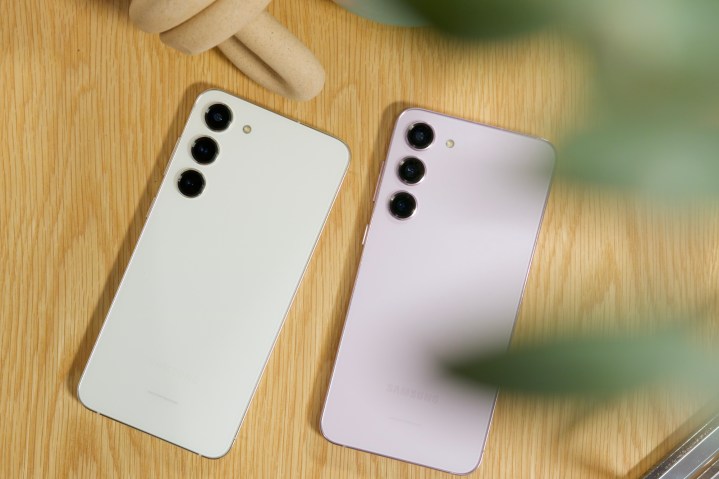
The Samsung Galaxy S23 features a design that would have been indistinguishable from the Galaxy S22, had it not been for the removal of the camera bump, which produces a more streamlined design. It’s got a 6.1-inch display, just like the iPhone, making it quite compact in the hand, and it’s made of premium materials like glass (more on that later) and aluminum.
On the other hand, there’s the Pixel 7. It looks quite similar to the Pixel 6, keeping the distinctive camera bar at the rear and the same hole-punch design. It’s a little smaller than the Pixel 6 at 6.3 inches, and the camera bar is covered with metal and not glass.
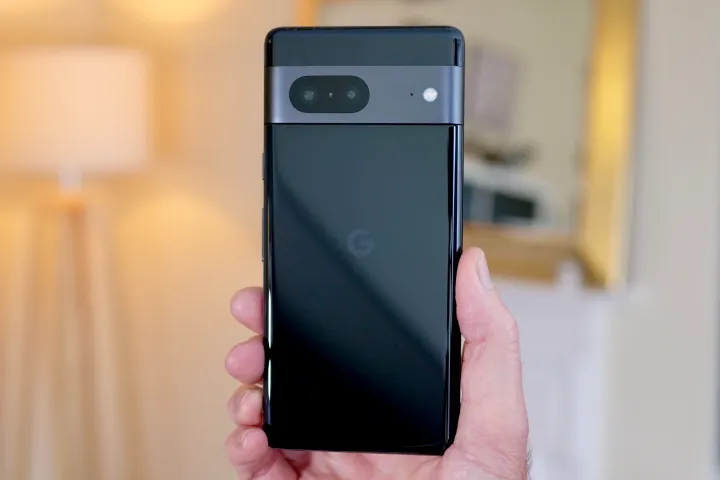
Around the front, both of these devices have smooth AMOLED displays. The overwhelming difference between them comes from how smooth their displays are. The S22 already had a better display than the Pixel 7 at a variable 120Hz refresh rate that matches the Pixel 7 Pro’s, and we’re afraid that gap only grows with the S23. The Galaxy S23 keeps all the same skills as the S22, except it’s now also brighter. Google’s display is good, but it just doesn’t compete.
Finally, the S23 comes with that new Gorilla Glass Victus 2, compared to the Pixel 7’s Gorilla Glass Victus. Again, the Pixel isn’t bad, but it’s beaten by the Galaxy S23.
The Pixel’s real only standout here is the design. That camera bar is rather striking, and Google’s choice of colors — especially the gorgeous Lemongrass — make all the Pixel 7 phones look simultaneously businesslike and playful. The Galaxy S23 colors are good, but nothing really to write home about. Regardless, it’s the S23 that wins this round.
Winner: Samsung Galaxy S23
Galaxy S23 vs. Pixel 7: performance, battery life, and charging
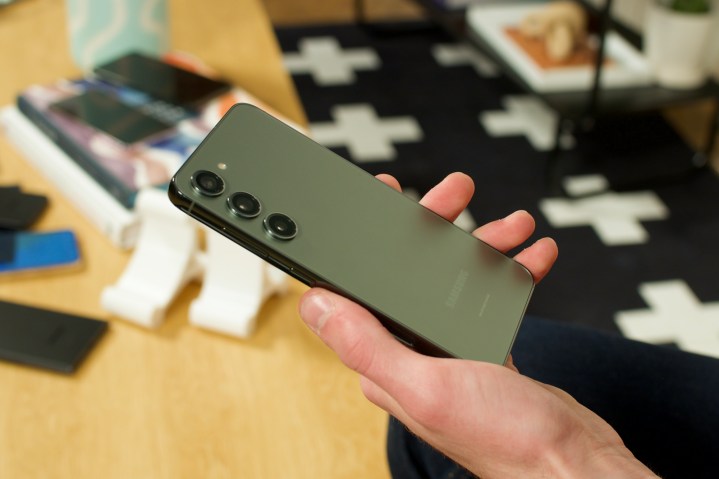
The Galaxy S23 is equipped with the Qualcomm Snapdragon 8 Gen 2. This is a processor that’s the best and newest you can get on Android phones, and it’s souped-up for Samsung specifically. With 8GB of RAM, you won’t want for much on the S23. The Pixel 7 comes with Google’s Tensor 2 processor. It’s built primarily for AI tasks, and consequently, it falls behind competing Android phones in synthetic benchmarks. That’s not a flaw; the phone is still plenty fast to use.
Battery-wise, Samsung takes the edge here. Google’s Tensor chips have shown a tendency toward overheating and battery drainage, and it’s a flaw that’s crossed generations. The Galaxy S23, by comparison, stays cool throughout use and easily lasts a day (or more), depending on how much you use the thing.
In terms of charging, the Pixel 7 also charges slower than the Galaxy S22. The Pixel 7 maxes out at 20W wired charging, while the Galaxy S23 goes up to 25W. It’s not a significant difference, but it’s still one that leans in the S23’s favor.
Winner: Samsung Galaxy S23
Galaxy S23 vs. Pixel 7: cameras

The Pixel 7 is a well-regarded phone, and its camera is genuinely impressive. It’s the same dual-camera layout with a 50-megapixel main camera and a 12MP ultrawide that Google’s used since the Pixel 6. It consistently punches above its price point, in no small part, thanks to software.
However, Samsung just offers more than Google here. The S23’s 50-megapixel main shooter will take images that are close enough to Google’s that you won’t mind. Its ultra-wide lens will capture wider images, and Google’s super-res zoom can’t compete with an actual zoom camera.
Beyond specs, the Galaxy S23 holds up its part of the bargain in practice, too. Photos from the main 50MP camera are bright, colorful, and really pleasing to look at. Are they 100% accurate to real-world colors? No, but they still look great. The ultra-wide camera is also super reliable, and a dedicated telephoto camera is something the Pixel 7 doesn’t offer. From 3x, 10x, and even 20x photos, the S23 consistently delivers better zoom results than the Pixel 7.
Winner: Samsung Galaxy S23
Galaxy S23 vs. Pixel 7: software and features
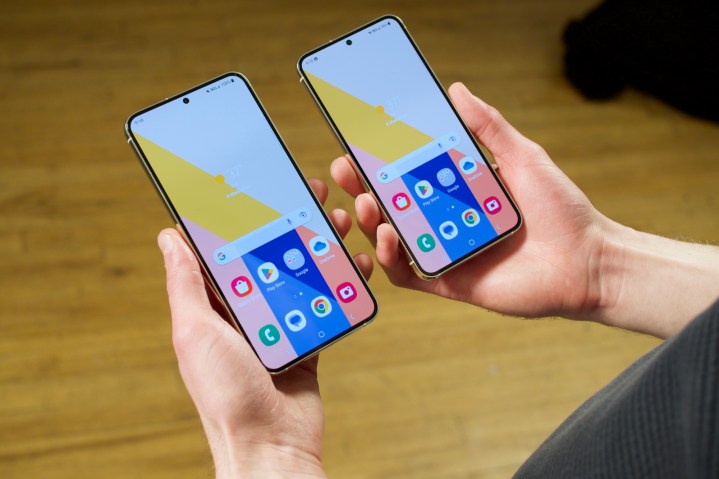
Both the Galaxy S23 and the Pixel 7 are powered by Android 13. The Pixel runs a Google version of it with very strong Material You influences present in every aspect of the software, giving it an overall polished look and feel. Samsung’s One UI 5.1 also has Material You themes mixed with more Samsung-centric styling, but it’s also very functional and robust.
Samsung stuffs its Android overlay with a bunch of apps and features you won’t find on Google’s, including well-regarded stock apps that sync with Windows versions. Speaking of Windows, you can also use Samsung’s apps on your PC with the Your Phone app. Google says it’s working on a version for Pixels and Chromebooks with Android 13, but the company has yet to roll that out or announce a timeline.
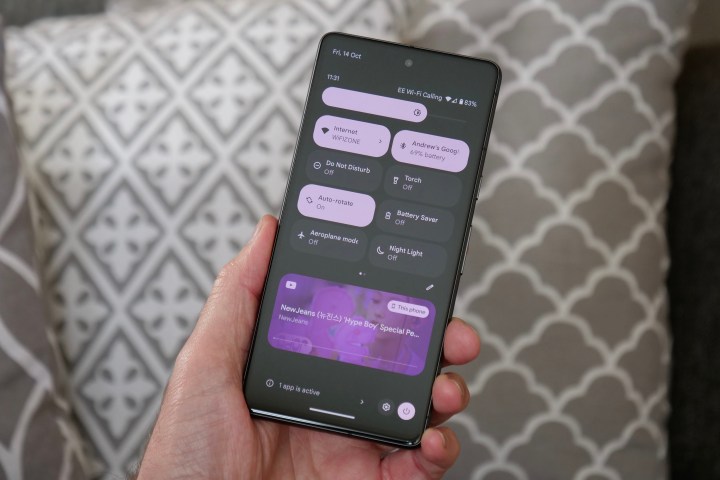
When it comes to updates, the Pixel wins at speed, but underwhelms in terms of longevity. A Samsung Galaxy S23 will get four Android updates and five years of security updates — guaranteed. Despite using its own chips, Google will only distribute three Android updates while matching Samsung on security. This means that an S23 can run Android 18 with one more year of life, while the Pixel 7 will be stuck at Android 17 and finished.
Google’s Pixel is also chock-full of helpful little special features, including Now Playing for identifying music all around you, more native Google Wallet support, Google Assistant, and the fully realized Material You design. Still, Samsung’s phone is more feature-packed. It even supports lock screen customization in a manner similar to iPhones, and there’s a wider selection of third-party accessories to extend your phone’s functionality. In other words, finding something you like in our roundup of the best Galaxy S23 cases should be a piece of cake.
Google wins on software features for certain, but Samsung offers a more broadly complete package.
Winner: Samsung Galaxy S23
Galaxy S23 vs. Pixel 7: price and availability

The Pixel 7 is available from the Google Store for $599. It’s a fairly cheap phone for what it offers. The Samsung Galaxy S23 is available for $799 and is available from Samsung’s online store, Amazon, and essentially all mainline retailers.
On a pure pricing point, the Pixel 7 wins here. It offers a close-enough package to the S23 that the extra $200 in your pocket could buy you a tissue to wipe your tears away for that little bit where it falls short. But, as we’ve seen throughout this comparison, the Galaxy S23 makes its higher price worth it.
Overall winner: Samsung Galaxy S23

Samsung phones are popular for a reason. The company has built a refined machine that does what anyone would want a smartphone to do — and it does it while looking positively stunning. A raft of cases and accessories means your phone can be further tailored to your tastes, while the thriving Samsung ecosystem ensures you don’t have to be jealous of your iPhone-toting friends. The Galaxy S23 may be expensive, and it may get slower updates than a Pixel, but it’s well-suited to be Android’s iPhone.
Does that mean the Pixel 7 is a bad phone? Certainly not — especially considering it leaves $200 of spare change in your wallet. But when it comes down to it, the Galaxy S23 is the better of the two phones, and it wins this comparison.
Editors' Recommendations
- Your Pixel 7 is about to get a whole lot less buggy — here’s why
- The one thing the iPhone 14, Galaxy S23, and Pixel 7 all get wrong
- Common Samsung Galaxy S23 problems (and how to fix them)
- How to use Split Screen View on any Samsung tablet model
- I did a Galaxy S23 Ultra vs. Pixel 7 Pro camera test — and it’s not even close






